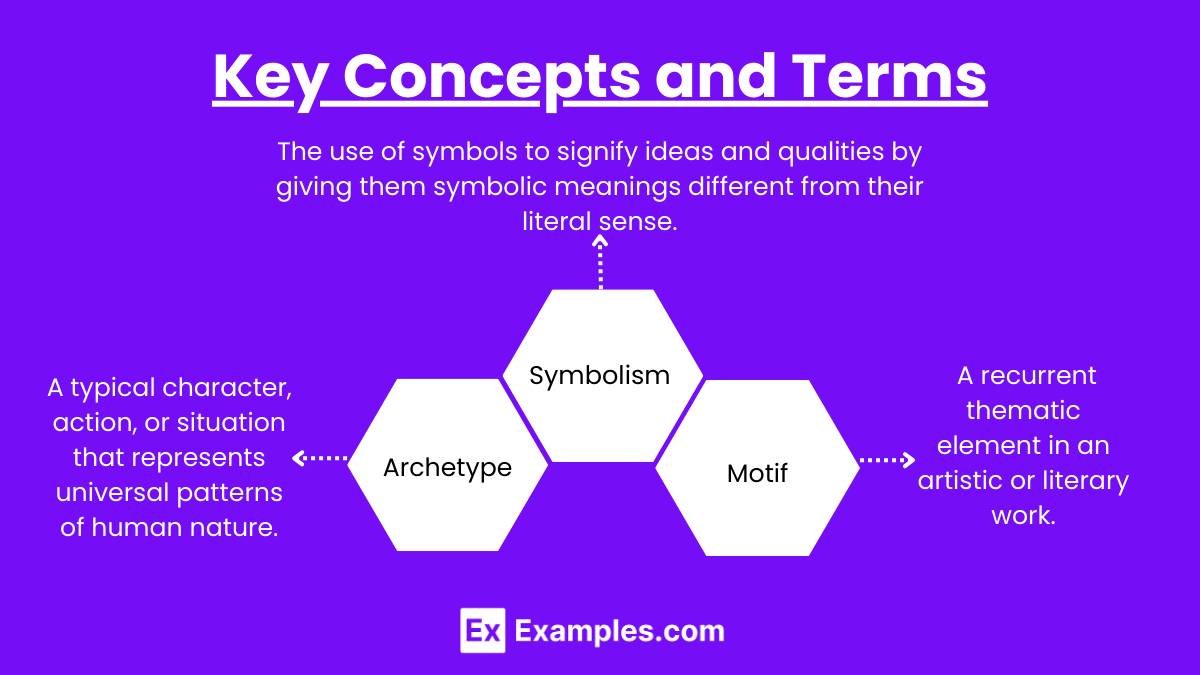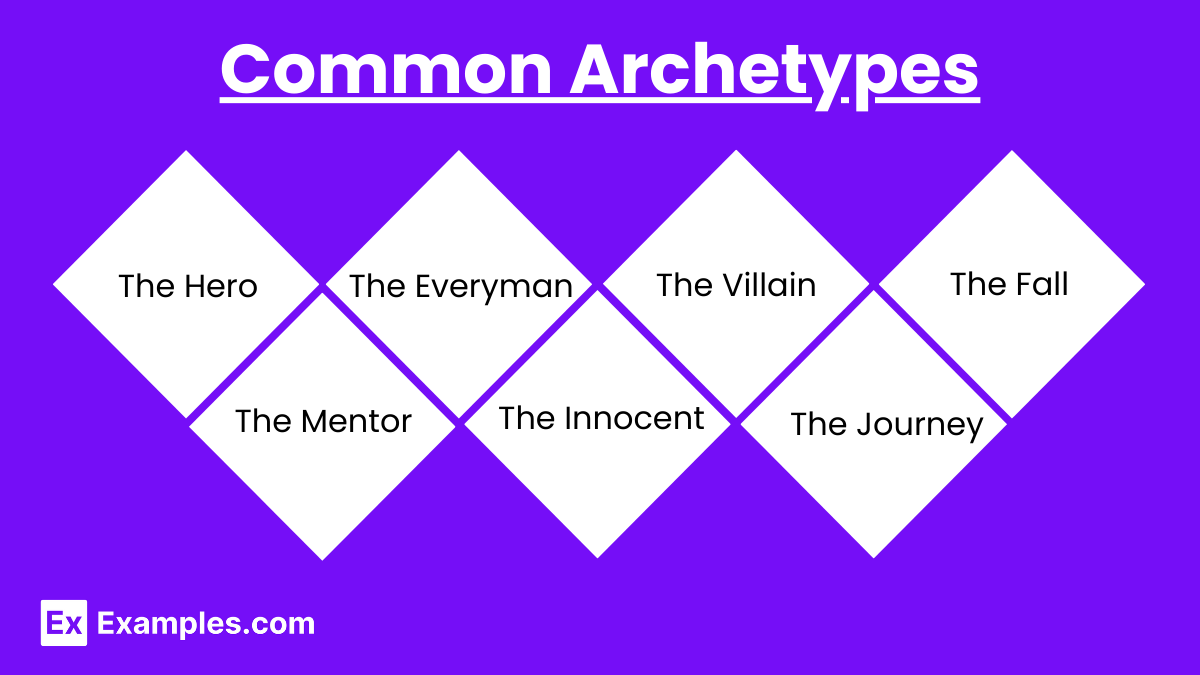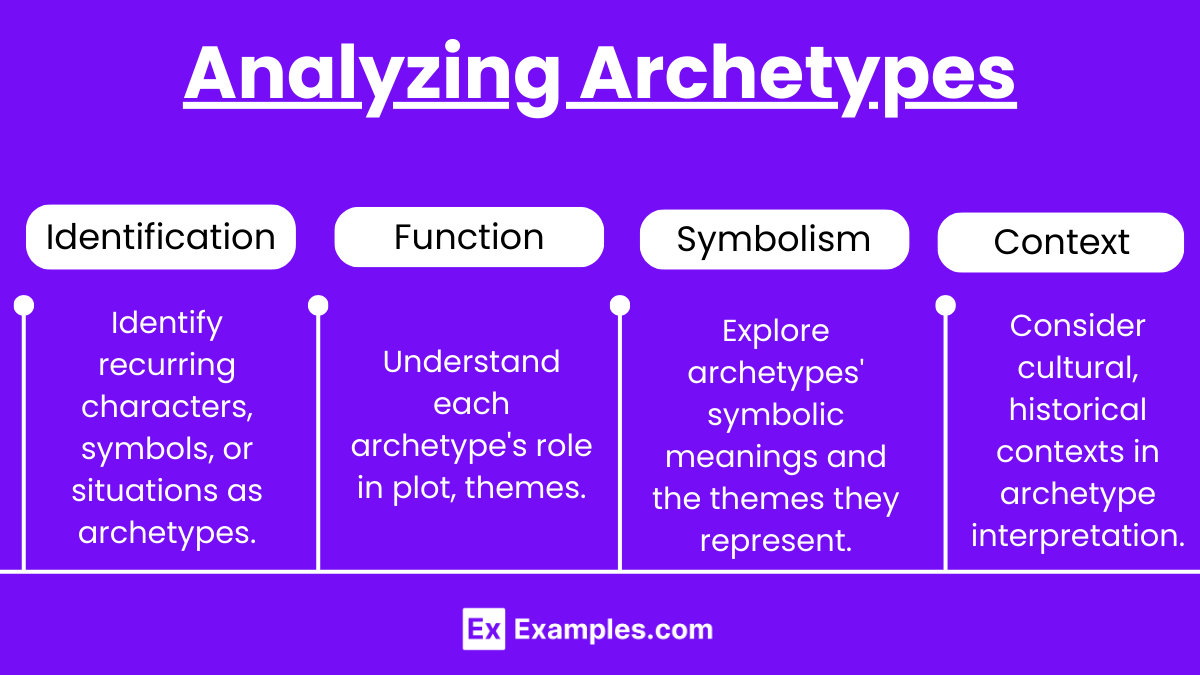In preparing for the AP English Language and Composition exam, mastering the analysis of archetypes in literature is essential for effective argumentative writing and argumentative speech. By crafting rhetorical sentences and using cumulative sentences, students can deepen their analysis and clearly articulate how universal patterns like the Hero, Mentor, and Villain enrich narratives and reveal deeper themes. Understanding archetypes allows students to build compelling literary arguments, showcasing their ability to identify and explain these recurring symbols and motifs within various cultural and historical contexts.
Free AP English Literature and Composition Practice Test
Learning Objectives
In studying archetypes in literature for the AP English Language and Composition exam, students will learn to construct cumulative sentences that build depth and complexity in their analysis. They will develop skills to write both explanatory essays that clarify the significance of archetypes and expository essays that provide structured, detailed arguments. By incorporating rhetorical sentences, students will enhance the persuasiveness of their writing. Crafting a final thesis statement will hone their ability to present clear, focused arguments. Engaging in critical thinking will enable students to analyze the deeper meanings and cultural significance of archetypes, connecting them to broader themes and motifs within the text.
Key Concepts and Terms

Archetype: A typical character, action, or situation that represents universal patterns of human nature.
Symbolism: The use of symbols to signify ideas and qualities by giving them symbolic meanings different from their literal sense.
Motif: A recurrent thematic element in an artistic or literary work.
Common Archetypes

The Hero: Embarks on a journey or quest, faces challenges, and ultimately achieves a significant goal.
Example: Harry Potter in J.K. Rowling’s "Harry Potter" series.
The Mentor: Provides guidance, knowledge, or wisdom to the protagonist.
Example: Gandalf in J.R.R. Tolkien’s "The Lord of the Rings."
The Everyman: An ordinary character who the audience can easily relate to.
Example: Nick Carraway in F. Scott Fitzgerald’s "The Great Gatsby."
The Innocent: Represents purity, goodness, and optimism.
Example: Scout Finch in Harper Lee’s "To Kill a Mockingbird."
The Villain: Opposes the hero and embodies evil or malice.
Example: Voldemort in J.K. Rowling’s "Harry Potter" series.
The Journey: Represents the protagonist’s path to self-discovery or fulfillment.
Example: Odysseus’s voyage in Homer’s "The Odyssey."
The Fall: A descent from a higher to a lower state of being, often due to a character’s actions or flaws.
Example: Macbeth’s descent into madness in Shakespeare’s "Macbeth."
Analyzing Archetypes

Identification: Recognize common archetypes in the text. Look for recurring characters, symbols, or situations that fit archetypal patterns.
Example: Identify the "Mentor" archetype in Albus Dumbledore from "Harry Potter."
Function: Understand the role each archetype plays in the narrative. How do they contribute to the plot, themes, and character development?
Example: Analyze how the "Hero’s Journey" archetype in "The Hobbit" shapes Bilbo Baggins’ character growth.
Symbolism: Explore the symbolic meanings behind the archetypes. What larger ideas or themes do they represent?
Example: The "Innocent" archetype in "To Kill a Mockingbird" symbolizes the loss of innocence in a prejudiced society.
Context: Consider the cultural and historical context of the archetype. How do these contexts influence the portrayal and interpretation of the archetype?
Example: The "Villain" archetype in "1984" by George Orwell reflects fears of totalitarianism.
Examples
Example 1: "The Great Gatsby" by F. Scott Fitzgerald
Archetype: The Everyman
Character: Nick Carraway
Function: Acts as a relatable character and the story’s narrator.
Symbolism: Represents the moral and ethical observer within the corrupt world of East Egg.
Example 2: "Harry Potter" by J.K. Rowling
Archetype: The Hero
Character: Harry Potter
Function: Embarks on a quest to defeat Voldemort, growing and developing as a character.
Symbolism: Represents the classic battle between good and evil.
Example 3: "The Lord of the Rings" by J.R.R. Tolkien
Archetype: The Mentor
Character: Gandalf
Function: Guides and supports the heroes, providing wisdom and knowledge.
Symbolism: Represents the wise old guide, a source of strength and knowledge.


